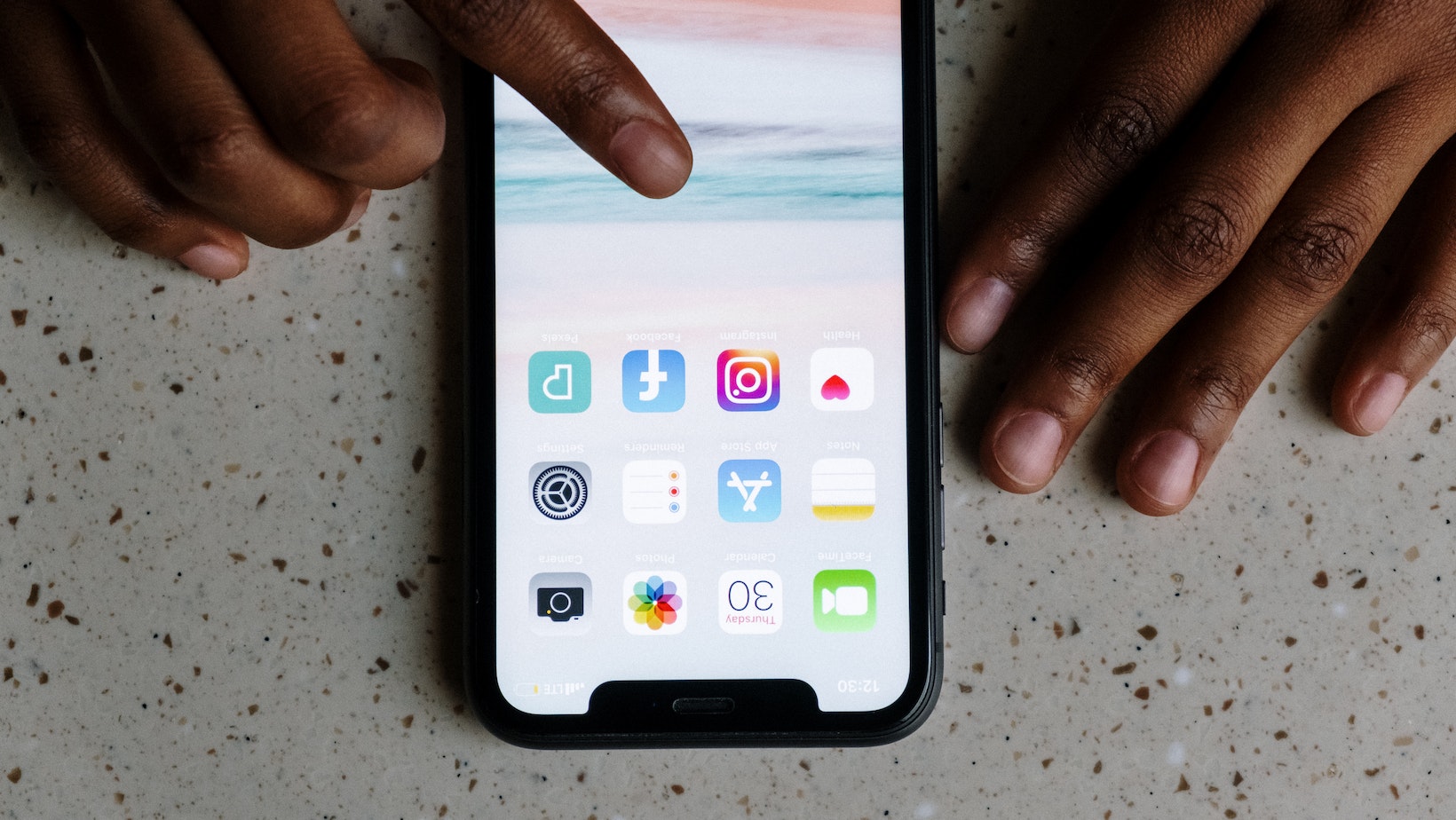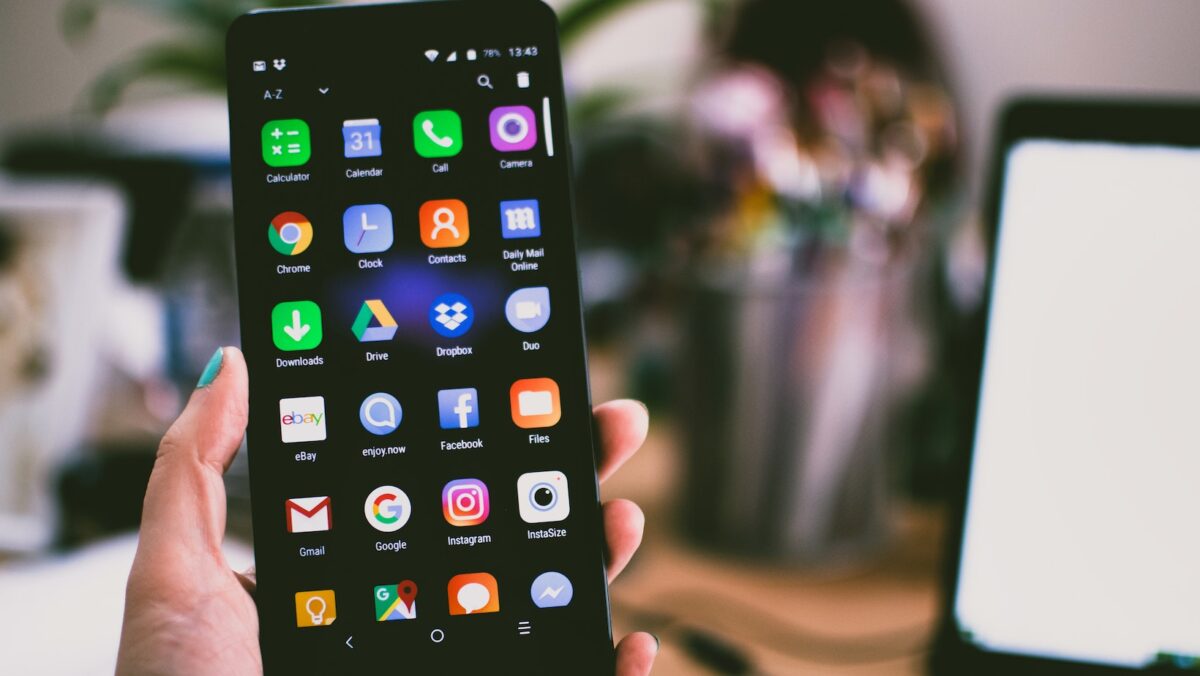In today’s digital age, mobile devices have become an essential part of our lives. From browsing the internet to shopping online, we rely heavily on our smartphones and tablets. As a result, mobile friendly interface design has become crucial for businesses to stay competitive. This also applies to the field of online entertainment, such platforms as Bettilt India offer their users a convenient application for phones and tablets, which makes their gaming experience more comfortable and interesting. In this article, I will explore why having a mobile friendly interface is important and how it can impact user experience and ultimately, the success of a website or application.
Mobile-Friendly Interface Design Is Important When You Are Designing An App That
When you are designing an app that needs to be accessed on mobile devices, it is crucial to prioritize mobile friendly interface design. Here’s why:
- User Experience: A mobile friendly interface allows users to navigate seamlessly on their smartphones or tablets. It ensures that the app is easy to use, with intuitive gestures and responsive design. By providing a smooth and enjoyable user experience, you enhance engagement and encourage users to stay on your app longer.
- Increased Conversions: When your interface is optimized for mobile, users are more likely to complete desired actions, such as making a purchase or filling out a form. Mobile friendly designs eliminate barriers and frustrations that could hinder conversions, ultimately boosting your bottom line.
Benefits of Mobile Friendly Interface Design
When designing an app, it is crucial to prioritize mobile-friendly interface design for several reasons. One of the most significant benefits is the improvement in user experience. A mobile-friendly interface ensures that users can easily navigate through the app, access information, and perform desired actions without any hassle.
By optimizing the interface for mobile devices, businesses can provide a seamless and intuitive experience for their users. This includes implementing responsive design elements, such as easy-to-tap buttons, clear and concise content, and fast loading times. When users have a positive experience using an app, they are more likely to engage with it, stay longer, and even recommend it to others.
Increased Mobile Traffic
In today’s digital landscape, mobile traffic is skyrocketing. With the increasing number of smartphone users worldwide, more and more people are accessing the internet and using apps from their mobile devices. Therefore, it is essential for businesses to design their apps with a mobile-friendly interface to tap into this vast potential audience.
When an app is optimized for mobile devices, it becomes more accessible and compatible with different screen sizes and resolutions. This enables businesses to reach a wider audience and attract more mobile traffic to their app. Moreover, search engines like Google prioritize mobile-friendly websites and apps in their search results, further increasing visibility and driving organic traffic.
When designing an app, prioritizing mobile-friendly interface design is crucial for improved user experience, higher conversion rates, and increased mobile traffic. By optimizing the interface for mobile devices, businesses can provide a seamless and intuitive experience, remove barriers to conversion, and tap into the growing mobile audience. So if you want your app to succeed in today’s digital age, make sure to prioritize mobile-friendly interface design.

Elements of a Mobile-Friendly Interface Design
Responsive Layout
A responsive layout is essential for a mobile-friendly interface design. With the increasing variety of screen sizes and resolutions across different devices, it is crucial to ensure that your app adapts seamlessly to any screen. By using a responsive layout, your app will automatically adjust its content and design elements to fit the screen size of the user’s device.
Intuitive Navigation
Intuitive navigation plays a vital role in creating a user-friendly mobile interface. When designing an app, it is important to prioritize ease of navigation to ensure that users can find what they need quickly and effortlessly. Implementing a clear and intuitive menu structure, using recognizable icons and labels, and providing breadcrumb navigation are all effective ways to enhance the user experience and keep users engaged with your app.
Clear and Readable Content
One of the key aspects of a mobile-friendly interface design is clear and readable content. Mobile users often have limited screen space, so it’s important to present information in a concise and easily digestible format. Use short paragraphs, bullet points, and headings to break up the text and improve readability. Additionally, make sure to use a legible font size and contrast between the text and background to ensure that users can read the content without straining their eyes.
By considering these elements in your mobile-friendly interface design, you can create an app that not only looks visually appealing but also provides a seamless and user-friendly experience. A responsive layout, intuitive navigation, and clear and readable content are all crucial factors in ensuring that your app meets the needs and expectations of mobile users. So, when designing an app, be sure to prioritize these elements to maximize its effectiveness and success.

